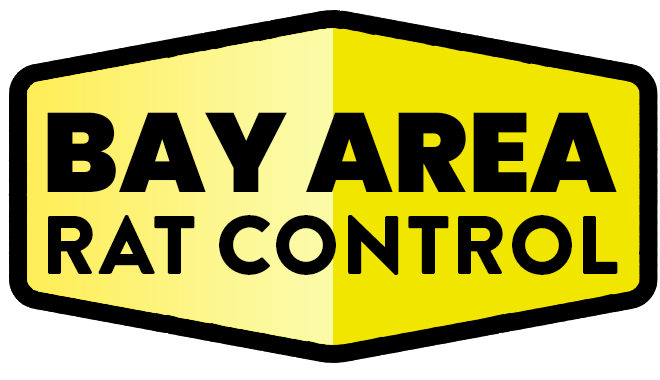Opening Thoughts
Rats are not only carriers of dangerous diseases, but they can also trigger or worsen allergies in humans. Their droppings, urine, dander, and saliva can act as allergens, posing significant risks to sensitive individuals. This article explores how rats contribute to allergies, the symptoms to watch for, and ways to protect yourself and your family.
How Rats Trigger Allergies
1. Allergens Produced by Rats
- Droppings and Urine: Contain proteins that can become airborne and trigger allergic reactions when inhaled.
- Dander: Tiny flakes of skin shed by rats, often found in nesting areas.
- Saliva: Can contaminate surfaces, food, or water and cause allergic reactions upon contact.
2. Airborne Allergens
- Rat allergens often become airborne, especially in enclosed spaces like attics or basements, increasing the risk of inhalation.
3. Indirect Triggers
- Dust Mites: Rats often bring in dust and debris, which can attract dust mites, another common allergen.
- Mold: Rat droppings and urine can create damp conditions conducive to mold growth, exacerbating allergies.
Symptoms of Rat-Related Allergies
1. Respiratory Symptoms
- Sneezing and nasal congestion.
- Wheezing or difficulty breathing.
- Coughing, particularly at night.
2. Skin Reactions
- Rashes or hives after contact with rat-contaminated areas.
- Itchy, red, or swollen skin.
3. Eye Irritation
- Watery, itchy, or red eyes caused by airborne allergens.
4. Aggravation of Asthma
- Individuals with asthma may experience more frequent or severe attacks due to rat allergens.
Who Is at Risk?
1. Children
- Young children are more susceptible to allergies due to their developing immune systems and frequent floor-level exposure.
2. Individuals with Preexisting Allergies
- People with respiratory allergies, asthma, or eczema are at higher risk of reacting to rat allergens.
3. Occupants of Infested Properties
- Long-term exposure to rat allergens in infested homes, apartments, or workplaces increases health risks.
Steps to Minimize Allergy Risks
1. Eliminate Allergens
- Thorough Cleaning: Remove droppings, urine, and nests using gloves and a disinfectant.
- Vacuuming: Use a vacuum with a HEPA filter to capture airborne particles.
2. Prevent Re-Infestation
- Seal entry points, such as holes and cracks, with metal mesh or caulk.
- Eliminate food and water sources by storing items in airtight containers.
3. Improve Indoor Air Quality
- Install air purifiers with HEPA filters to reduce airborne allergens.
- Maintain proper ventilation in attics, basements, and crawl spaces.
4. Consult Professionals
- Contact a pest control service to address infestations thoroughly.
- Seek advice from allergists or medical professionals for managing symptoms.
When to Seek Medical Attention
- If allergy symptoms persist despite allergen removal.
- For severe respiratory issues, such as wheezing or shortness of breath.
- When asthma attacks become more frequent or severe.
Final Thoughts
Rats pose more than just structural and health risks; they can also significantly impact indoor air quality and trigger allergies. By understanding how rats contribute to allergies and taking preventive measures, you can create a safer, healthier environment for yourself and your family.
Relevant Links/Sources:
Rat Allergens and Their Effects – CDC
How Pests Affect Allergies – PestWorld
Managing Indoor Allergens – EPA
